Call for Applications: 2025 Maritime Residency
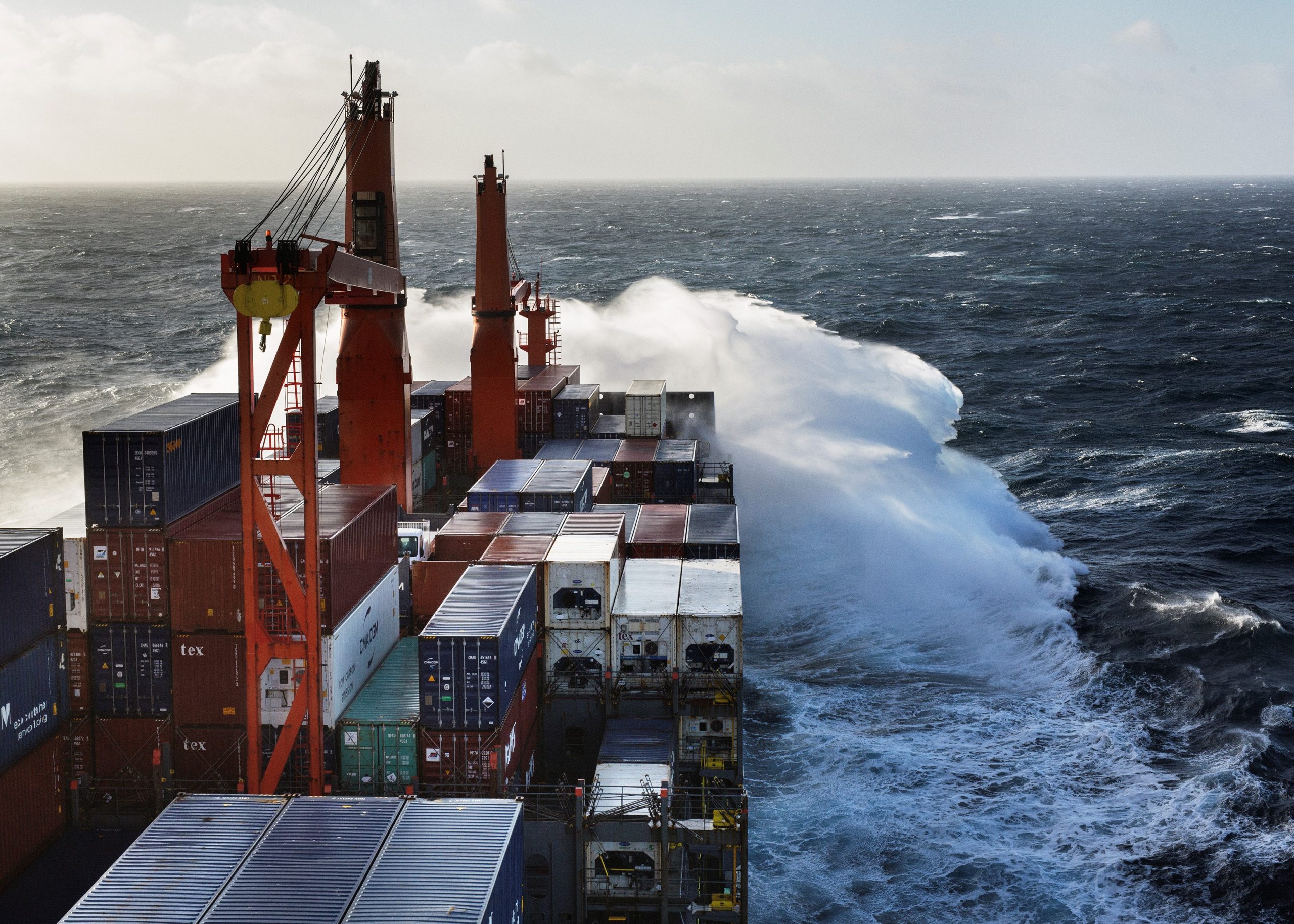
© Grégoire Korganow
In partnership with the French shipping company MARFRET and the Musée national de la Marine.
As France prepares to host the United Nations Conference on the Ocean in 2025, Villa Albertine will offer artists and writers passionate about the sea the opportunity to join the crew of the MARIUS, a 195-meter container ship connecting mainland France to French territories in the Pacific via the United States.
During their journey, selected artists or writers will develop an original creative reflection on the contemporary world, thereby making the importance of maritime issues in our daily lives more visible and tangible, while enriching the ties between France and the United States.
This program is part of Villa Albertine’s commitment to fostering creation related to “grands espaces” and questions about life.
An intellectual and artistic research experience aboard a container ship
Following the success of the very first edition of Villa Albertine’s maritime residencies in 2023/2024, the MARIUS will successively host three artists or writers in 2025.
On the outbound journey, the MARIUS will travel from Le Havre, France to Papeete and Nouméa in the Pacific, passing through the United States (New York), Jamaica (Kingston), and the Panama Canal over the course of five weeks. On the return journey, the ship will travel from Papeete and Nouméa back to Le Havre via Australia, New Zealand, Panama, the United States (Philadelphia), and the northern ports of Europe, in seven weeks.
Open from October 2 to November 12, 2024, the call for applications is for creators from all disciplines who wish to undertake an exploratory residency, as part of the crew of the MARIUS between March and October 2025. This maritime residency is open to creators from mainland France and French overseas territories as well as artists residing in the United States. The operational management of the maritime residencies is provided by MARFRET, while the artistic direction is overseen by Villa Albertine; the modalities for sharing the experience will be discussed with the Musée national de la Marine.
Conditions of Staying Aboard the MARIUS
The immersion can last several days or weeks, depending on the preferences expressed by the resident. The maximum duration of the residency is six weeks.
As part of their application, candidates will be asked to identify navigation segments in accordance with the container ship’s sailing routes, ranking them in order of preference.
Two to three days prior to boarding, candidates will be invited to a MARFRET agency on land, in France or the United States, to gain a comprehensive understanding of the maritime transport sector.
This residency format has specific constraints that all candidates should read carefully (see below).
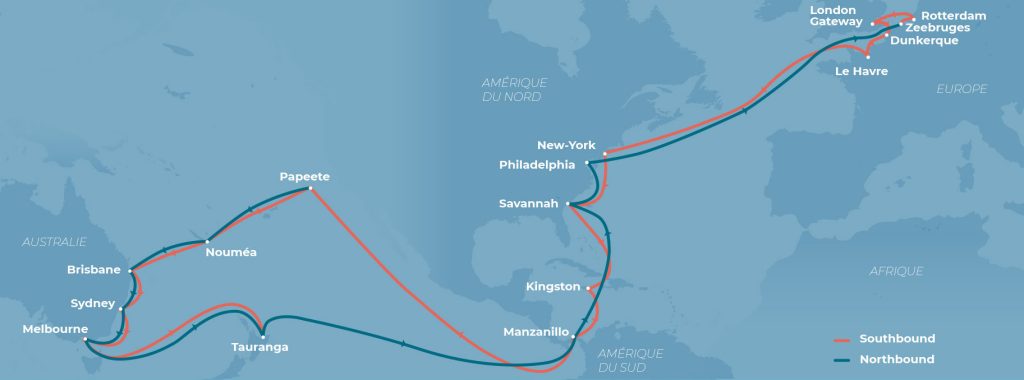
Ligne North Atlantic South Pacific
Support from Villa Albertine and MARFRET
Villa Albertine and Marfret will jointly cover the following costs related to the residency:
- Port stay – A two – three night stay will be organized for the resident at one of the ports of call on the voyage. During this stay, the resident will discover the daily operations, work, and logistics involved at a port. The resident’s transport, accommodations, and meals will be covered during this stay.
- On-board stay – On-board living costs will be covered (including accommodation in an individual cabin with a private bathroom, meals, and appropriate clothing on loan).
- Inland travel and stays directly before and after the on-board residency, with the following costs are covered:
- Inland travel to ports, where necessary;Accommodation at arrival and/or departure, depending on the voyage segment in question, and for a maximum duration of 3 to 7 days; Daily allowance for trips to the United States or Polynesia to cover living costs in the territory in question (including meals, telephone and bank charges, etc.), as well as visa fees; Health, civil liability, and repatriation insurance.
For example, a resident completing an on-board residency between Le Havre and New York would have the following costs covered: transport from their place of residence to the port of Le Havre, accommodation and meals in Le Havre during the two-day port stay in preparation for their residency, their stay aboard the Marius following boarding at Le Havre, their stay in New York for several days upon arrival, and return transport to their usual place of residence.
Neither Villa Albertine nor Marfret shall cover any expenses other than the travel and living costs mentioned above.
The resident must comply with each country’s customs obligations upon any and all disembarkations.
IMPORTANT: If the resident is disembarking in the United States, an ESTA (Electronic System for Travel Authorization) will not be sufficient. The resident must complete the necessary procedures to obtain a B1 or B1/B2 visa. Villa Albertine will provide the supporting documents needed to complete a visa application file. Alternatively, an ESTA will be sufficient if the resident is boarding in the United States.
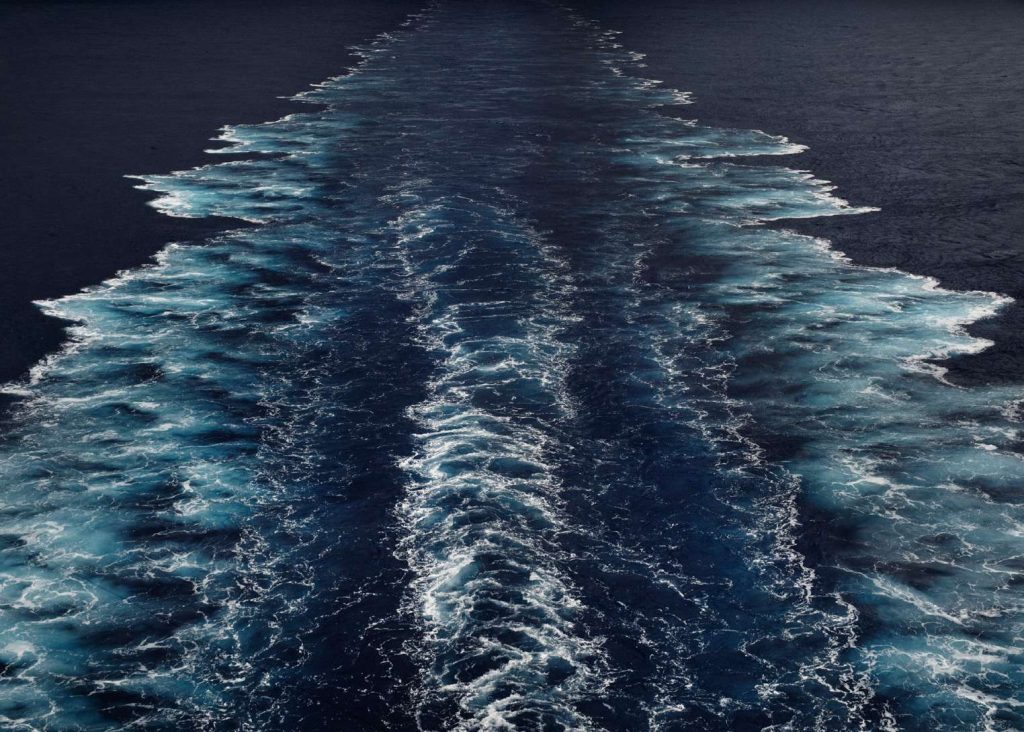
© Grégoire Korganow
Application Materials
Applicants must submit an application file including the following:
- (A) Applicant information form, which may be downloaded via this link.
- (B) An overview of the applicant’s career and work in a PDF file, limited to 10 pages and 8 MB (e.g., a résumé and summary of a small selection of completed projects). This document will be used to evaluate the applicant’s artistry and work and must provide proof of them practicing their creative or intellectual activity on a professional basis.
- (C) An overview of the proposed project for the on-board residency in a PDF file, limited to three pages – The project may either be new or the continuation of an existing project. It must be fully compatible with the residency format and include an element of creative reflection on the world of maritime transport and seafaring. A presentation, which may be simple in format, must be provided at the end of the project.
- (D) An explanation of the applicant’s aptitude for completing a residency on board the Marius, in a PDF file, limited to 1 page. The applicant should explain the reasons why they consider themselves suitable for a residency on board the Marius. This is an experience that requires, in particular, excellent physical health (due to the absence of a doctor on board during crossings, and the need to climb several flights of stairs multiple times each day), strong interpersonal skills (given the isolation from the outside world, and the restricted, regimented social environment), and potential previous sea travel experience (as the sea may become rough during certain crossings, especially in the winter months).
- (E) The segment(s) of the voyage on which the applicant wishes to travel, indicated in the relevant form available here.
- (F) A 3-minute video of the applicant speaking in English (i.e., the language of communication on board the Marius) – The video link should be indicated in one of the PDF documents. In the video, the applicant should present themselves and their project without reading from a prepared text. This video should be uploaded as “unlisted” on a platform such as YouTube or Vimeo, available to view only by those who have the required link. If the applicant decides to protect their video with a password, this should also be indicated in the relevant PDF document.
Selection Criteria
The criteria for evaluating an application are as follows:
- Quality of the applicant’s overall work, based on their presentation document (B);
- Quality of the project, based on the applicant’s project description document (C) – The project should be clear and have relevant artistic, cultural, and intellectual focuses; it must be fully compatible with the residency’s maritime format; and the possibilities for post-residency presentations of creative work and reflections should be consistent with the project;
- Feasibility of the project, as measured, in particular, by the documents and information in (A), (D), (E), and (F).
Applicants must be at least 21 years of age prior to the proposed boarding date for their residency.
Due to limited space on board, only individual applications will be accepted. In light of these practical considerations, this residency cannot accommodate guests, such as family members, collaborators, or professional partners.
Applications must be submitted by 11:59 p.m. (Paris time) on November 12, 2024 to the following address: candidatures@villa-albertine.org
Results
All candidates will receive an email informing them whether they have been selected, no later than mid-January. The winners will be publicly announced during the first quarter of 2025.
The 2023/2024 Edition of the Maritime Residencies
In 2023 and 2024, eight residents boarded the MARIUS as part of a creative project for the Villa Albertine’s magazine, States, or as laureates of the first call for applications for Villa Albertine’s maritime residencies:
Pierre Buttin, a London-based French illustrator and regular contributor to the New York Times and The New Yorker, boarded from Le Havre in August 2023, heading to New York. His journey resulted in illustrations, some of which were published in the magazine States.
Arno Bertina, author of around twenty works including novels, biographical essays, children’s books, and photography books, boarded in Savannah in August 2023 to reach Papeete after a three-week voyage through the Caribbean, the Panama Canal, and the Pacific. His reflections were published in the magazine States.
Photographer Grégoire Korganow produced a photographic work entitled Facing the Sea from his residency from mainland France to Australia, which will be featured in exhibitions and a publication.
From Savannah to Dunkirk, designer Mathilde Pellé conducted an investigation into non-operational objects aboard the MARIUS, i.e.personal belongings of the crew members and the goods transported in containers (Non-Operational On Board Objects). She explored the meanings associated with these objects, questioning the notion of need and the material environments produced by our societies.
In March, between New York and Papeete, podcast producer Florence de Schlichting explored the world of maritime transport through the sounds and voices aboard the MARIUS. Her work will result in new episodes of a podcast dedicated to her journey.
Artist Elsa Guillaume, who has a long-standing practice focused on maritime themes (installations, videos, drawings, sculptures), took advantage of the vast space offered by the container ship to work on both sketchbook drawings, capturing daily life aboard, and larger formats to further develop this immersive experience.
From Papeete to Savannah, Clément Verger reflected on humanity’s influence on the environment, in line with his artistic and scientific project Circumnavigations, developed in 2016 and dedicated to the impact of Captain James Cook’s voyages on the global landscape.
In 2024, Julia Bourdet undertook a plane-free journey, cycling and taking trains across the United States, meeting Americans whose relationship with ecology might inspire an illustrated book. On both the outbound and return journeys, she crossed the Atlantic aboard the MARIUS, drawing and questioning the perceptions of those who live by the rhythm of the sea.
In December 2024, Pierre Ducrozet‘s onboard residency will inspire his novel project, which, set in the dual tradition of adventure and coming-of-age stories, will take place largely on the oceans, aboard a container ship heading to a lost island in the Pacific.
Living Conditions Aboard the Marius:
- Cabin – The resident will reside in a comfortable individual cabin equipped with a private bathroom.
- Cabin electrical equipment – The cabin is equipped with French-style outlets, as well as a shaver outlet in the bathroom. The cabin also contains a wall-mounted bedside lamp, a desk lamp, and a refrigerator.
- Meals – Meals will be provided to the resident. Some meals may be taken with the captain, particularly breakfast and dinner.
- Purchases – The resident is advised to bring American dollars in cash to pay for goods on board, such as snacks (potato chips, chocolate, etc.), drinks (wine, beer), cigarettes, and data to use the Internet.
- Internet – The resident may access the Internet on board except when traveling through a few portions of the Marius’ voyage. Any associated charges are to be paid by the resident. It should be noted that there is limited bandwidth on board and accessing the Internet costs $20 per megabyte.
- Clothing and footwear – On-board laundry facilities are free of charge. When accessing the deck, the resident must wear a protective suit and footwear, which will be provided on loan. Protective footwear is not required inside the ship, but closed shoes must be worn outside the cabin.
- Seasickness – Since seafaring conditions tend to fluctuate, the sea may become rough at times. As a precaution, the resident is advised to bring anti-nausea medication.
- Noise – As a precaution, the resident is advised to bring earplugs if they are sensitive to noise (such as that of the engine, wind, sea, sounds from the hull, ventilation, etc.). However, the first residents of this program have reported that the soundscape of the Marius and the ocean are conducive to deep, peaceful sleep.
FAQ
Can I apply to the call if I am not a French citizen?
Only citizens or residents of France and the United States can apply for the call.
I see on the MARFRET website that the MARIUS performs navigation segments not listed in the application form. Can I apply for these segments?
The navigation segments not included in the form are not available for this call for applications.
Who is on the selection jury, and when will it take place?
The jury will consist of a representative from each partner institution (Villa Albertine, MARFRET, National Maritime Museum). The jury will convene in the weeks following the closing of the call for applications.
In which language should I submit my application for the Maritime Residency? Application documents (documents (A), (B), (C), (D), (E)) can be submitted in English or French, at the applicant’s discretion. As the jury is French-speaking, it is entirely possible to complete the documents in French. However, a 3-minute video in English is required, mainly to assess the candidate’s level of English.
In partnership with
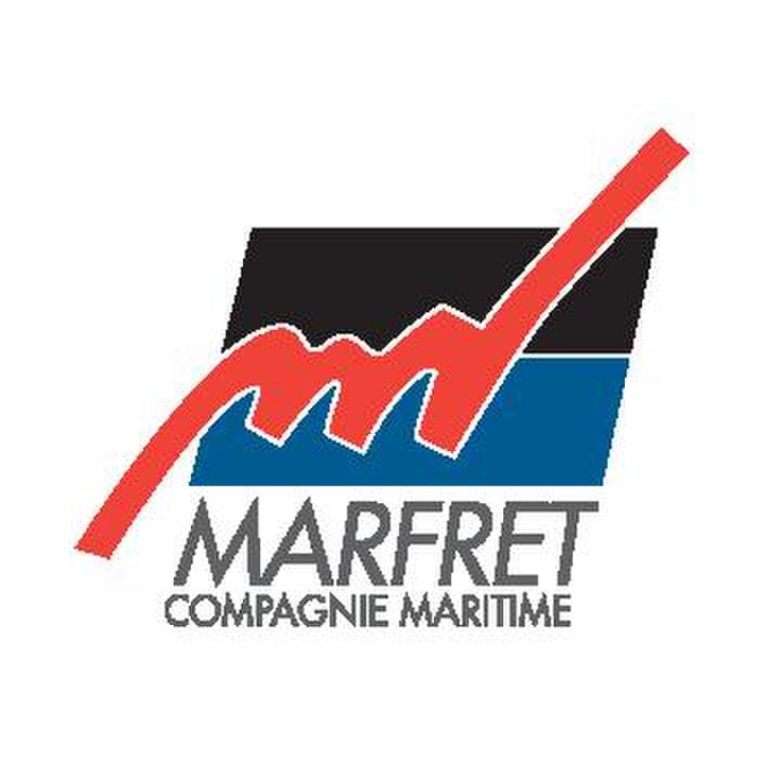
MARFRET
MARFRET: AT THE HEART OF GLOBAL TRADE
Founded in 1951, the maritime company MARFRET specializes in international freight transport. Operating nine regular shipping lines along the north/south axis, it serves five major geographical areas: the Mediterranean, North Atlantic, Caribbean, Amazon, and South Pacific, with a significant presence in the French overseas territories.
MARFRET also has subsidiaries in river transport, handling, and warehousing, providing an integrated and multimodal door-to-door service.
The company has established a long tradition of hosting artists in residence, both aboard its ships and in its onshore offices. MARFRET, which owns seven vessels, likes to define itself as an “Ar(t)mateur.”
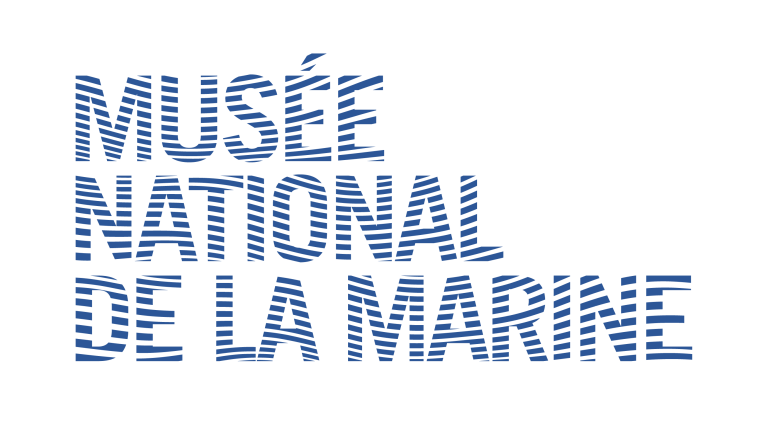
Musée national de la Marine
The Musée national de la Marine houses one of the most beautiful and oldest collections in the world, tracing over 250 years of maritime and naval adventures. A public administrative institution under the supervision of the Ministry of the Armed Forces, it is located in five cities across the national territory: in Paris at the Palais de Chaillot-Trocadéro, and in the ports of Brest (at the Château), Port-Louis (in the Citadel), Rochefort, and Toulon. It also has a conservation and resource center. Its networked presence allows it to maintain strong connections with local maritime cultures and to promote an active policy of exhibitions and events, making this institution a vibrant place for raising awareness about today’s and tomorrow’s maritime challenges.
Follow the Musée national de la Marine on Instagram, Facebook, X, and LinkedIn.
musee-marine.fr/en
